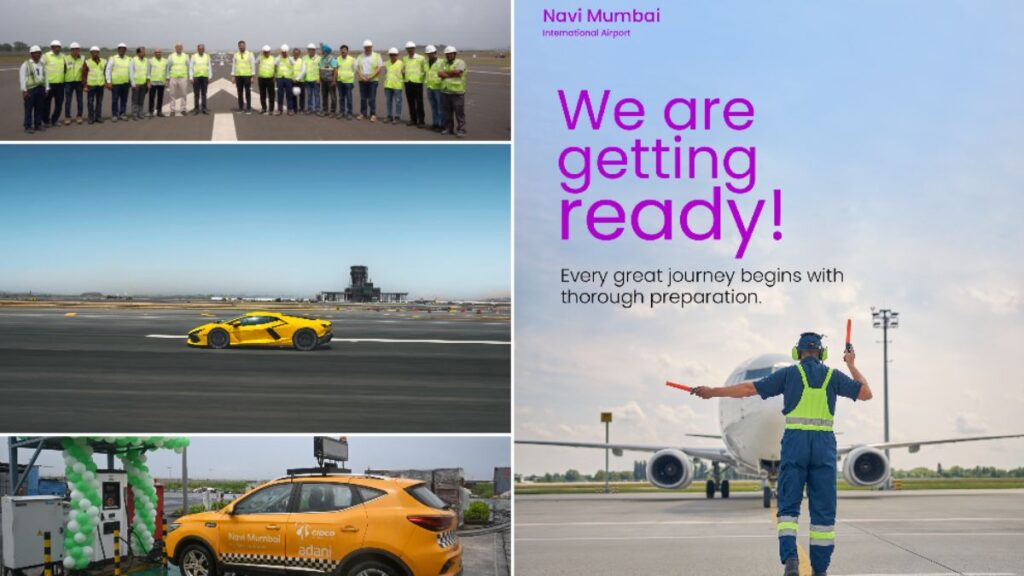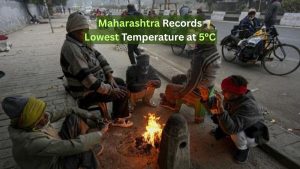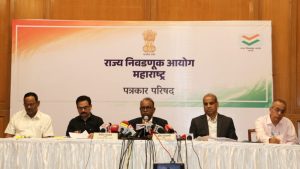As Navi Mumbai Airport Gears up for Inauguration on September 30, Discover How You Will Get there from Mumbai, Pune and Raigad

With the Navi Mumbai International Airport (NMIA) set to open its doors on September 30th, a major question on everyone’s mind is: “How will I actually get there?” The Maharashtra government has a clear answer: a comprehensive, multi-modal plan designed to ensure seamless access from Mumbai and across the state, integrating roads, rails, and buses right from day one.
Why Strong Connectivity is Critical from Day One
The new airport won’t start at full capacity. Initial operations will see a modest eight to ten flights per hour. However, capacity is projected to skyrocket to 30 movements per hour during peak times by 2026, with the first phase built to handle 20 million passengers annually. For it to operate smoothly, getting people to and from the terminal efficiently is absolutely essential.
Hitting the Road: Faster Drives and New Highways
For those who prefer to drive, several key routes will make the journey quicker:
- The Atal Setu (MTHL): This 22-km sea bridge is a game-changer. It connects Sewri in South Mumbai to Nhava Sheva, slashing the commute time. From the end of the bridge, passengers can reach the airport in Ulwe in just about 20 minutes.
- Sion-Panvel Highway: This remains the primary access road for those coming from Mumbai’s eastern suburbs and beyond.
- New Thane-NMIA Corridor: A new elevated road is being built specifically to connect Thane to the airport, reducing travel time from 90 minutes to a mere 30.
Green and Efficient: Dedicated Airport Express Buses
The Maharashtra State Road Transport Corporation (MSRTC) is preparing a fleet of dedicated airport express bus services. These will run on electric power, offering an eco-friendly and efficient option from key hubs like Pune, Thane, Dadar, Vashi, and Panvel directly to the terminal.
Connecting the Region: Rail and Metro Links
The plan cleverly leverages existing and future rail infrastructure to bring in passengers from much farther away.
- Panvel as a Hub: The major Panvel railway station will act as a central feeder point. Travellers arriving from Pune, Nashik, or the Konkan region can easily transfer to shuttle buses for the final leg to the airport.
- Future Metro Expansion: Looking ahead, there are active proposals to extend the Belapur-Pendhar Metro line to Ulwe, creating a direct rail link to the airport in the future.
What This Means for You: A Smoother Commute
This integrated plan translates to simpler journeys for everyone:
- From South Mumbai: A 40-minute drive via the Atal Setu (traffic permitting).
- From Thane: A quick 30-minute drive on the new road or a comfortable express bus.
- From Pune/Raigad: A train to Panvel, followed by a short shuttle bus ride.
- For Navi Mumbai Locals: Feeder buses will connect areas like Ulwe, Kharghar, and Panvel directly to the terminal.
By weaving together all these transport threads, the state aims to not only provide easy airport access but also help decongest the entire region, making travel better for all.







